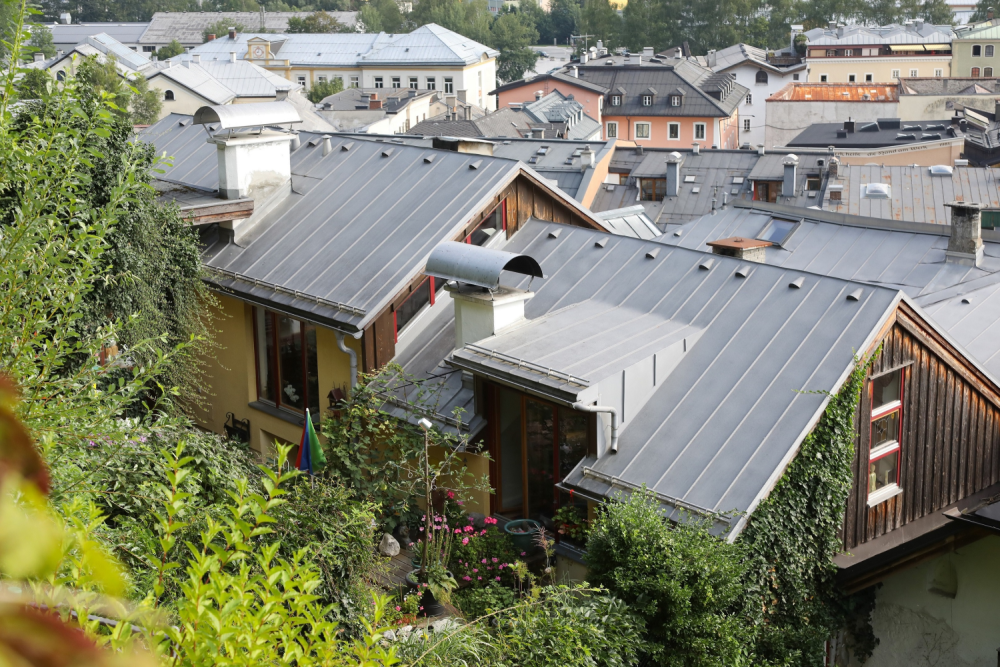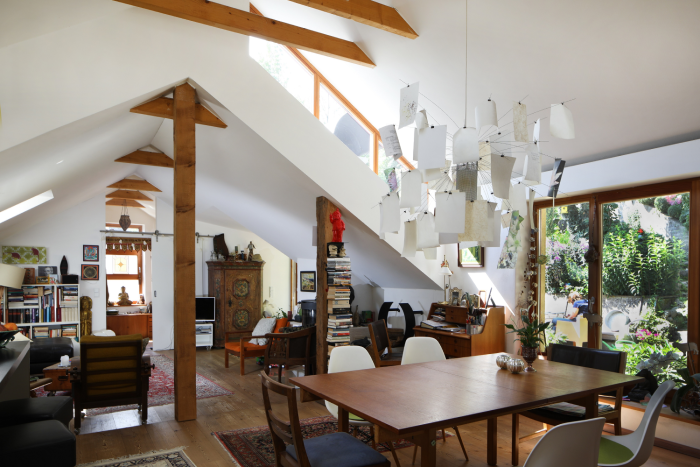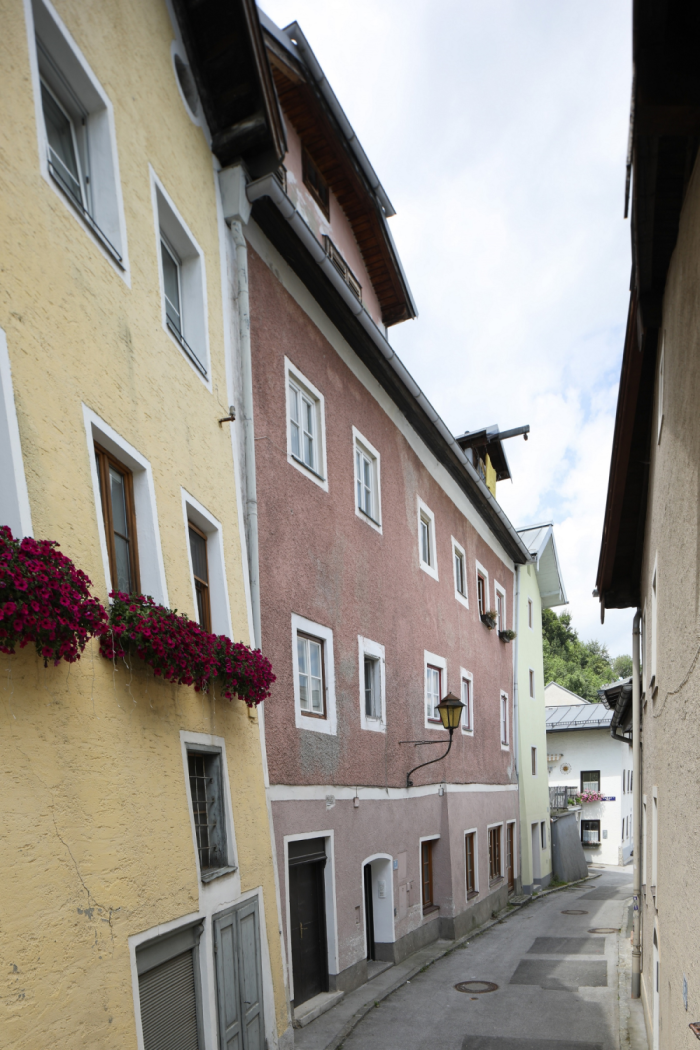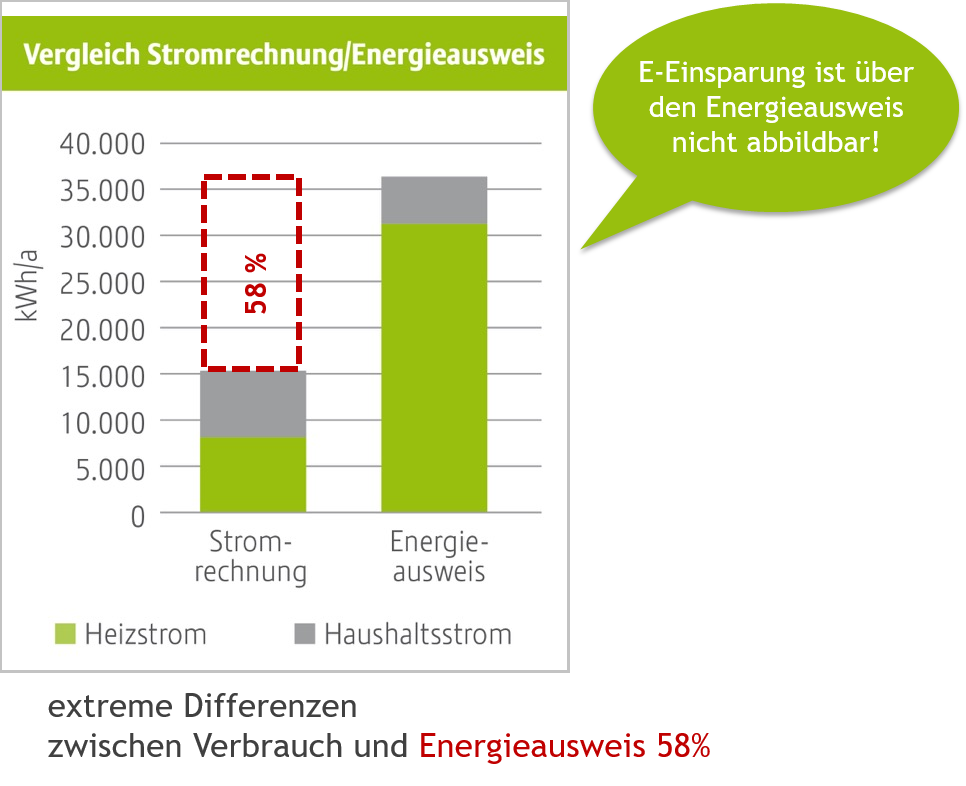THE OLD TOWN AS ENERGY STORAGE
Basic information
Project Title
Full project title
Category
Project Description
Renewable energies such as wind and sun fluctuate, so it is becoming increasingly important to have storage facilities. Component activation is a technology that can effectively store energy without additional costs by using the existing building mass. For the first time, the multifamily house in the town of Hallein demonstrated scientifically the future potential of TAB in massive old buildings, using amazingly simple components. The potential of replication is huge!
Project Region
EU Programme or fund
Description of the project
Summary
The renovation rate in existing buildings has stagnated at around 1% for years. We face enormous challenges if we want to achieve the specified climate targets. Owners and buyers of existing buildings shy away from the high technical and financial expense of a renovation, with the effect of vast green space consumptions in the outskirts and vacant city centres. To preserve the character of old, massive building structures, simple, sustainable, and cost-effective solutions are needed, which can respond to the need of alternative, climate-neutral energies.
Thermal activated buildings (TAB) are a key technology to use the storage potential of old buildings. Renewable energies such as wind and sun fluctuate, so it is becoming increasingly important to have storage facilities.
For the first time, the multifamily house in the town of Hallein demonstrated scientifically the future potential of TAB in massive old buildings, using amazingly simple components. In the old town area conventional facade insulation was not possible due to monument protection, so the renovation was carried out with component activation of the massive walls, considering the existing structures and materials. A simple, cheap measure that saves heating costs, eliminates moisture problems, and ensures comfortable indoor climate.
The Competence Center of Building Research and Salzburg University of Applied Sciences prove that this is not an isolated case. The potential is huge if one considers all the multi-storey residential buildings built before 1919. For example, in Austria renovating the mentioned building typology in this way, savings of around 310,000 t CO2 / per year would be possible.
The project results show, that affordable, comfortable living space with low heating costs is also possible in old buildings under difficult conditions with technically simple components.
Key objectives for sustainability
Revitalizing energy-efficient old town areas: Too much energy is still used for heating. The climate crisis demands a switch to regenerative, climate-neutral energy systems. In this context, thermal component activation is a technology that can make a significant and affordable contribution to achieving the climate targets - also for renovation.
Building mass as storage in the E-grid: Renewable energies such as wind and sunshine fluctuate, which makes it more important to create storage options. Building component activation is a technology that can store energy at no extra cost by upgrading existing building mass. If it is possible to load this storage mass via heat pumps when there are renewable-related peaks in the public grid, the building mass can act as a load-balancing thermal store for the public power grid. It enables CO2- and energy-saving heating and can relieve the load on the grid in the form of many decentralized storage units by making massive old buildings part of the energy network.
Key objectives for aesthetics and quality
“Old town areas as an "energy store of the future". The system is particularly suitable for the use of sustainable heat sources, since TBA heats at low temperatures. The surface temperature in the room is increased to a pleasant level and a high level of living comfort is achieved. The more solid the masonry, the better the effect of the component activation can develop. especially Wilhelminian style buildings and other massive old buildings offer the perfect substance and enormous potential.
Key objectives for inclusion
Owners and buyers of existing buildings shy away from the high technical and financial expense of a renovation, with the effect of vast green space consumptions in the outskirts and vacant city centres. To preserve the character of old, massive building structures, simple, sustainable, and cost-effective solutions are needed, which make our old cities socially mixed inclusive and help to revive vacancies.
Results in relation to category
The question that owner Eva Habersatter-Lindner asked herself at the beginning was: "Is it possible to carry out an energy-efficient and simple refurbishment under the given circumstances with an old town protection zone and a critical existing substance due to moisture damage?
The answer is "Yes"! Thermal activation of buildings is a technology that can effectively store energy without additional costs by using the existing building mass and transform inhospitable old buildings cost-effectively and simply into liveable living space. The technology also solves moisture and mold problems, which often occure in old buildings.
For the first time, the multifamily house in the town of Hallein demonstrated scientifically the future potential of thermal activated massive old buildings, using amazingly simple components. The potential is huge if one considers all the multi-storey residential buildings built before 1919.
How Citizens benefit
The project started from one builder, but there was a large project team involved in the construction and monitoring of the building.
As mentioned before, preserving the character of old, massive building structures with simple, sustainable, and cost-effective solutions more citizens have access of high quality renovated buildings. It helps to revive vacancies and make the inner urban area more attractive.
Innovative character
Transforming inhospitable old buildings into comfortable, sustainable living spaces with temperature-controlled exterior walls and preserving the character of the architecture by foregoing thermal insulation - this works better than suspected.
In the public grid, the building mass can act as a load-balancing thermal store for the public power grid. It enables CO2- and energy-saving heating and can relieve the load on the grid in the form of many decentralized storage units by making massive old buildings part of the energy network.
The simulation data show: With a heating energy requirement of 23.90 kWh/m²a, the property is practically of low-energy house standard - without the usual facade insulation, partly with box-type windows.




